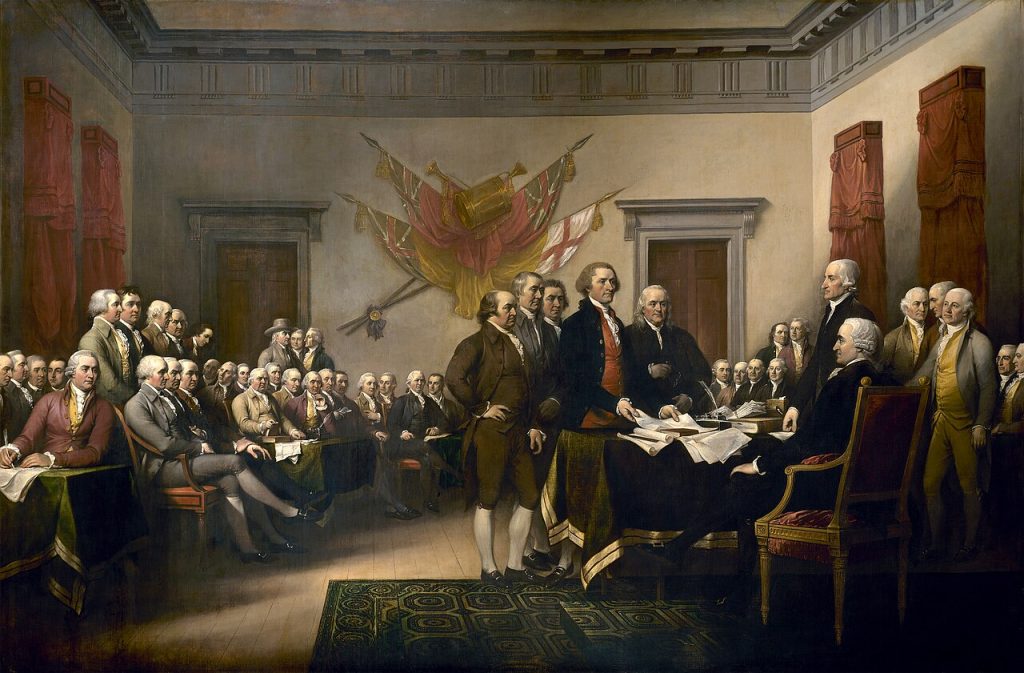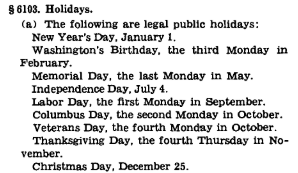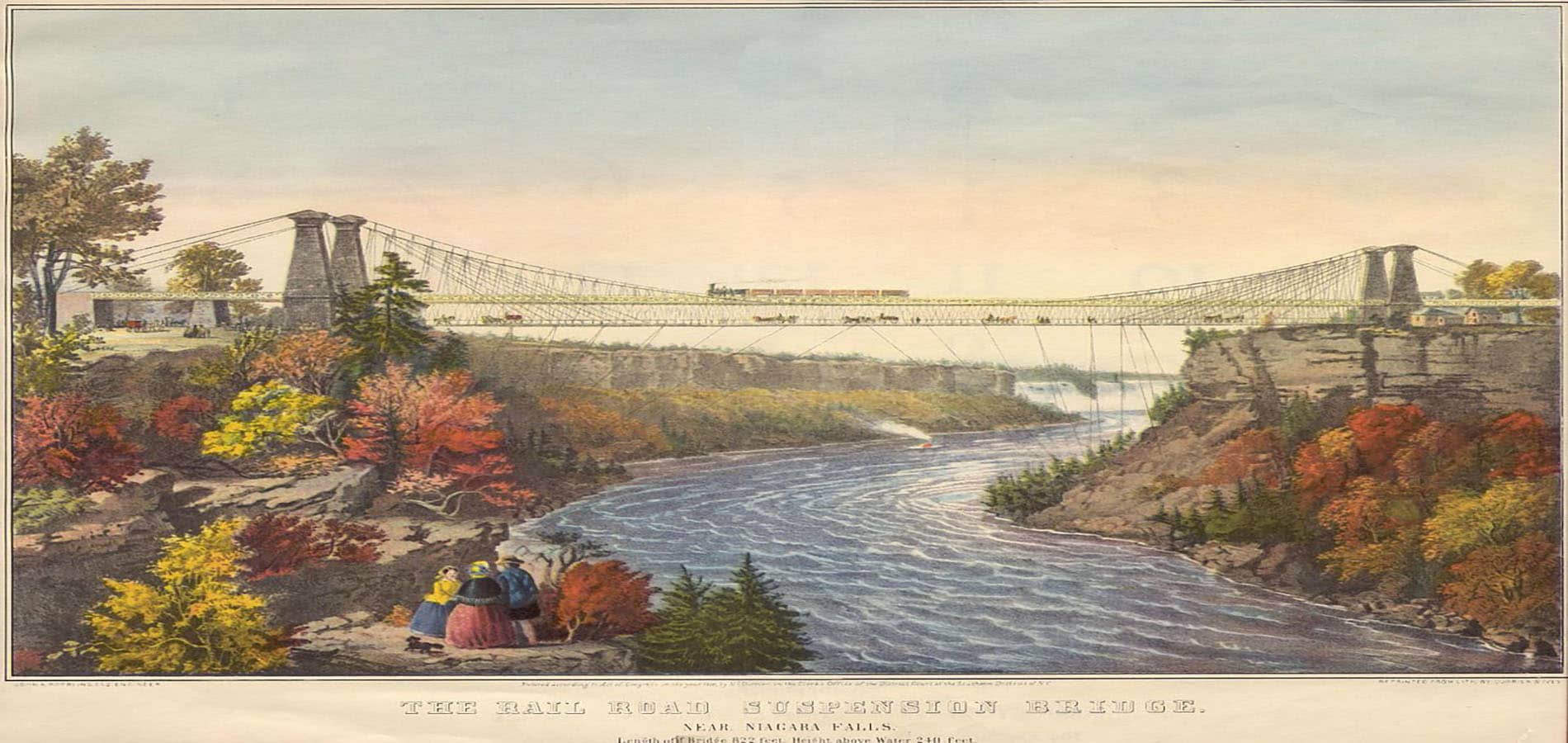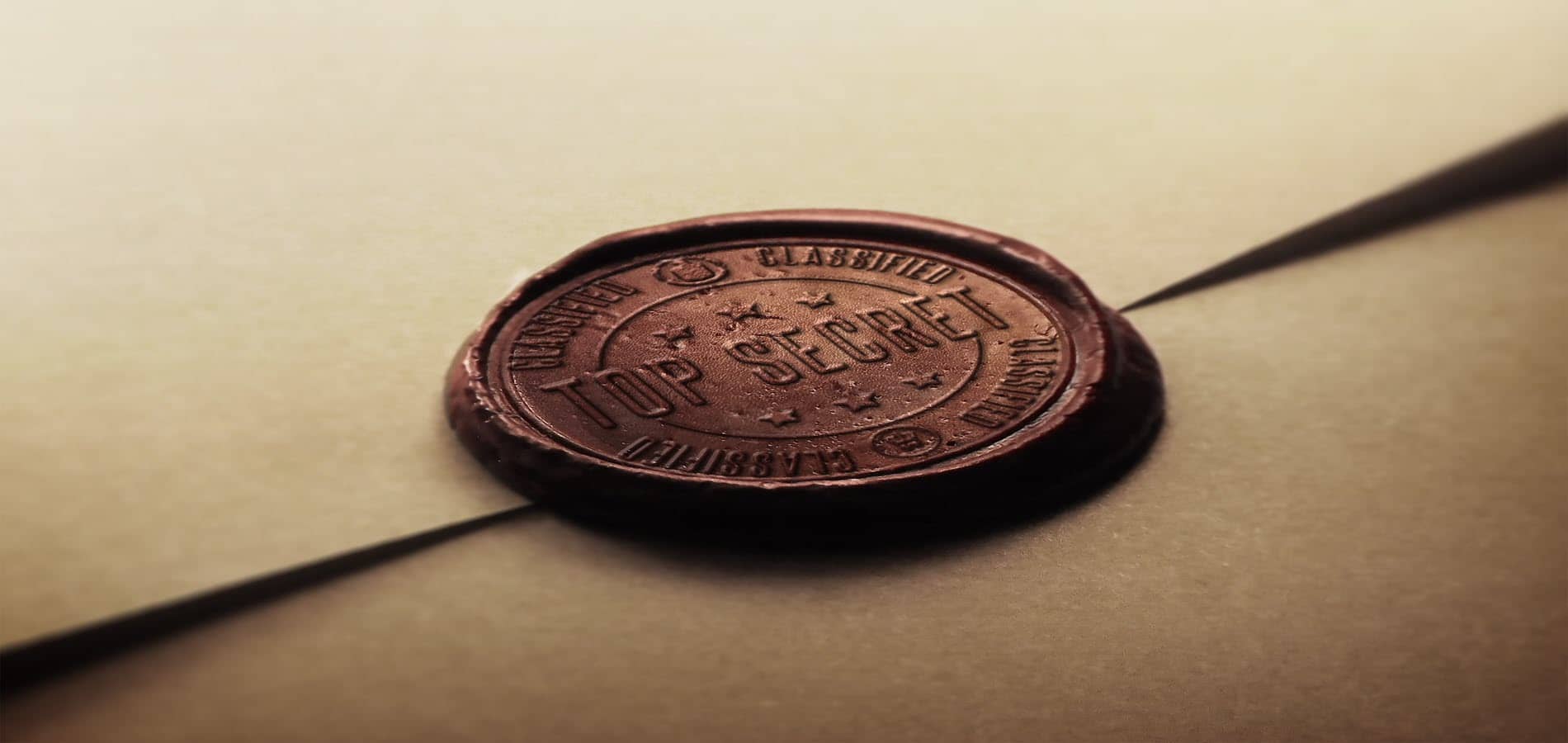As many of us know, the Fourth of July, or Independence Day, commemorates colonial America’s declared independence from Great Britain. Certainly, many of you, along with us here at Hein, have the day off and will likely spend it at festive parades, grilling hot dogs and hamburgers, and watching fireworks. Or, you’ll spend it just generally enjoying a beautiful summer day. But, do you know how the Fourth of July came to be a national holiday? And did you know that there is controversy around what date our independence should actually be celebrated?
Let’s dive into HeinOnline to explore the history of this mid-year national celebration.
The Declaration of Independence
In the 1770s, the colonists were getting pretty fed up being ruled by King George III across the pond. Great Britain implemented unpopular taxes on sugar,[1]William (Editor) MacDonald. Select Charters and Other Documents Illustrative of American History 1606-1775 (1906). This document can be found in HeinOnline’s Legal Classics database. stamps,[2]Benson John Lossing. Biographical Sketches of the Signers of the Declaration of American Independence (1857). This document can be found in HeinOnline’s Legal Classics database. and other goods. In what became known as the Boston Massacre, British troops shot and killed five colonists. Bostonians dumped 92,000 pounds of British tea into the Boston harbor to protest the Tea Act[3]William (Editor) MacDonald. Select Charters and Other Documents Illustrative of American History 1606-1775 (1906). This document can be found in HeinOnline’s Legal Classics database., which gave Britain’s East India Tea Company a monopoly on tea in the colonies. The Quartering Act[4]William (Editor) MacDonald. Select Charters and Other Documents Illustrative of American History 1606-1775 (1906). This document can be found in HeinOnline’s Legal Classics database. forced colonists to pay for housing for British soldiers. Then came the “shot heard ’round the world,” at Lexington and Concord, where the colonists put up a serious fight against Britain’s well-trained troops.
Virginia delegate Richard Henry Lee put forward a motion to the Second Continental Congress calling for the colonists to formally declare their independence from Great Britain, which stated “That these United Colonies are, and of right ought to be, free and independent States, that they are absolved from all allegiance to the British Crown, and that all political connection between them and the State of Great Britain is, and ought to be, totally dissolved.”[5]Howard W. Preston. Documents Illustrative of American History, 1606-1863 (1886). This document can be found in HeinOnline’s World Constitutions Illustrated database. A committee consisting of Thomas Jefferson (Virginia), John Adams (Massachusetts), Roger Sherman (Connecticut), Benjamin Franklin (Pennsylvania) and Robert R. Livingston (New York) were assigned the task of assembling the statement—and it would be Thomas Jefferson who spent more than two weeks cooped up inside the second floor of 700 Market Street in Philadelphia (now called Declaration House) drafting the Declaration of Independence.

The Second or the Fourth of July?
On July 2, 1776, the Continental Congress voted in favor of Lee’s motion. John Adams was so excited for the country’s newfound independence, that he wrote to his wife Abigail that the second day of July would forever be a national holiday.[6]Edgar Sanderson. World’s History and Its Makers (1902). This document can be found in HeinOnline’s World Constitutions Illustrated database.
The second day of July 1776, will be the most memorable epoch in the history of America. I am apt to believe that it will be celebrated by succeeding generations as the great anniversary festival. It ought to be commemorated as the day of deliverance, by solemn acts of devotion to God Almighty. It ought to be solemnized with pomp and parade, with shows, games, sports, guns, bells, bonfires, and illuminations, from one end of this continent to the other, from this time forward forever more.
Two days later, on July 4, 1776, the Continental Congress officially adopted the final version of the Declaration of Independence.[7]France. Constitutions of the Several Independent States of America; The Declaration of Independence; the Articles of Confederation between the Said States; The Treaties between His Most Christian Majesty and the United States of … Continue reading To Adams’ chagrin (he would forever refuse to celebrate the holiday on the fourth), it was July 4 that became commemorated date.
On July 6, the Declaration was first published in The Pennsylvania Evening Post. On July 8, the text was read publicly for the first time in Independence Square in Philadelphia.

Celebrations and Traditions
Before the Revolution, every summer the colonists would celebrate King George III’s birthday with parties consisting of bells, parades, bonfires, and speeches. However, the summer of 1776 was spent throwing fake funerals for the king, symbolizing the death of the colonists’ loyalty to Great Britain. On the first anniversary of the Declaration of Independence, July 4, 1777, Philadelphia hosted a celebration consisting of bonfires and fireworks, with 13 rockets firing in honor of the 13 colonies. Today, we still celebrate with fireworks, and many Northeastern locations still create bonfires—for many years, Salem, Massachusetts would light a giant bonfire on Gallows Hill on the Fourth of July. Meanwhile, active military bases still fire off 13 rockets at 12 p.m. on Independence Day.
Massachusetts became the first state to make the Fourth of July an official state holiday,[8]Massachusetts – Resolves, June and July Session 51. This act can be found in HeinOnline’s Session Laws Library. in 1781. The celebrations spread across the nation, particularly after the War of 1812 which inspired even deeper resentment toward England.

Jefferson’s last letter before he died was in regards to Independence Day. In declining an invitation to the 50th anniversary celebration in Washington, D.C., he wrote:[9]Marguerite Eyer Wilbur. Thomas Jefferson: Apostle of Liberty (1962). This document can be found in HeinOnline’s Legal Classics database.
May it be to the world, what I believe it will be … the signal of arousing men to burst the chains under which mankind’s ignorance and superstition had persuaded them to bind themselves and to assume the blessings and security of government….All eyes are opened or opening to the rights of man. The general spread of the light of science had already disclosed that the masses of mankind have not been born with saddles on their backs nor a favored few booted and spurred ready to ride them legitimately, by the grace of God…
Coincidentally, both Jefferson and John Adams died on the 50th anniversary of the first Fourth of July.
A Federal Holiday
Congress made Independence Day an official holiday in 1870.[10]To incorporate the National Bolivian Navigation Company., Chapter 168, 41 Congress, Public Law 41-168. 16 Stat. 168 (1870). This act can be found in HeinOnline’s U.S. Statutes at Large database. However, it wasn’t until 1941 that 5 U.S.C. § 6103[11]1970 Edition v.1 Titles (1-7) 382 (1970) Sections 6102 – 6104. This document can be found in HeinOnline’s U.S. Code database. established the day as a paid federal holiday. Non-essential government offices, banks, schools, and many other businesses therefore close down for the day.


It is important to note that many Indigenous peoples in America don’t celebrate Independence Day, which represents the destruction of their lands, cultures, and people[12]John R. Wunder, “Merciless Indian Savages” and the Declaration of Independence: Native Americans Translate the Ecunnaunuxulgee Document, 25 AM. INDIAN L. REV. 65 (2000). This article can be found in … Continue reading in the pursuit of colonizing America from the Atlantic to the Pacific.
Four U.S. History Databases for the Fourth of July
Want to beef up your knowledge of American history in time for the country’s 248th birthday? Here are four databases to explore while you’re sitting grill-side this holiday weekend:
- U.S. Congressional Documents: Contains the complete Congressional Record bound volume set from its inception, plus its three predecessor titles, congressional hearings, the U.S. Congressional Serial Set and more.
- U.S. Presidential Library: An extensive collection of presidential documents, consisting of messages and papers of the presidents, presidential public papers, documents relating to impeachment, executive orders, and more.
- U.S. Statutes at Large: Comprehensive coverage of the United States Statutes at Large, featuring every law (both public and private) ever enacted by Congress, as well as early federal codes and compilations of statutes.
- U.S. Supreme Court Library: An online database including the official U.S. Reports, as well as preliminary prints, slip opinions, and more titles related to the U.S. Supreme Court.
HeinOnline Sources[+]
| ↑1, ↑3, ↑4 | William (Editor) MacDonald. Select Charters and Other Documents Illustrative of American History 1606-1775 (1906). This document can be found in HeinOnline’s Legal Classics database. |
|---|---|
| ↑2 | Benson John Lossing. Biographical Sketches of the Signers of the Declaration of American Independence (1857). This document can be found in HeinOnline’s Legal Classics database. |
| ↑5 | Howard W. Preston. Documents Illustrative of American History, 1606-1863 (1886). This document can be found in HeinOnline’s World Constitutions Illustrated database. |
| ↑6 | Edgar Sanderson. World’s History and Its Makers (1902). This document can be found in HeinOnline’s World Constitutions Illustrated database. |
| ↑7 | France. Constitutions of the Several Independent States of America; The Declaration of Independence; the Articles of Confederation between the Said States; The Treaties between His Most Christian Majesty and the United States of America (1781). This document can be found in HeinOnline’s World Constitutions Illustrated database. |
| ↑8 | Massachusetts – Resolves, June and July Session 51. This act can be found in HeinOnline’s Session Laws Library. |
| ↑9 | Marguerite Eyer Wilbur. Thomas Jefferson: Apostle of Liberty (1962). This document can be found in HeinOnline’s Legal Classics database. |
| ↑10 | To incorporate the National Bolivian Navigation Company., Chapter 168, 41 Congress, Public Law 41-168. 16 Stat. 168 (1870). This act can be found in HeinOnline’s U.S. Statutes at Large database. |
| ↑11 | 1970 Edition v.1 Titles (1-7) 382 (1970) Sections 6102 – 6104. This document can be found in HeinOnline’s U.S. Code database. |
| ↑12 | John R. Wunder, “Merciless Indian Savages” and the Declaration of Independence: Native Americans Translate the Ecunnaunuxulgee Document, 25 AM. INDIAN L. REV. 65 (2000). This article can be found in HeinOnline’s Law Journal Library. |



